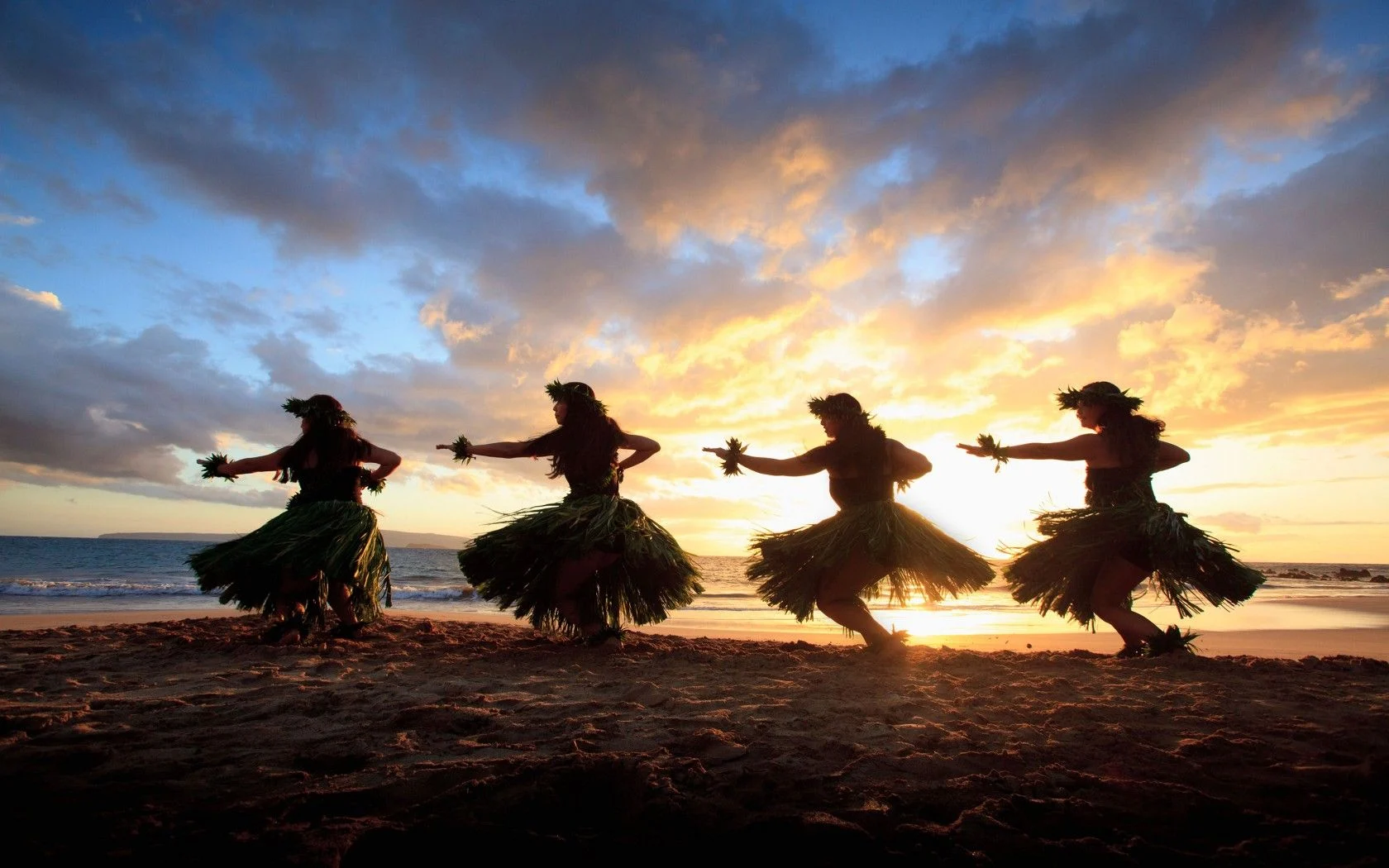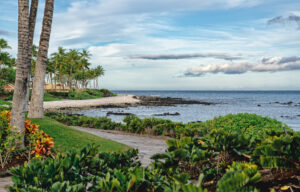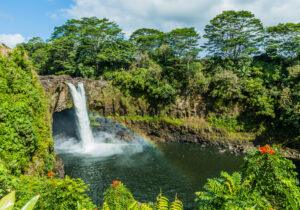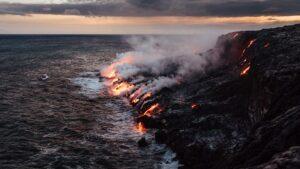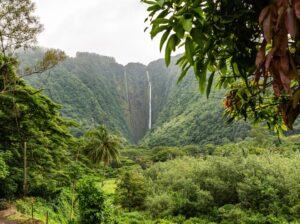Heather Green for Only In Your State on the evolution of the hula. Our tours offer the best way to see the beauty of the Big Island in comfort and luxury. Sit back and relax in our Mercedes Vans and let our excellent guides educate you on the culture of Hawaiʻi.
Do you know the difference between the hula that we know today and the more traditional hula that was originally practiced on the islands of Hawaiʻi? In an infographic recently created by the Fairmont Kea Lani and Fairmont Orchid, you can see just how much the hula has changed over the years, from dance wear to music.
Where does hula come from?
The traditional hula dance, hula hakiko, has truly mysterious origins with a number of legends associated with it. According to one of the popular legends, Hula dancing as we know it stems from a time in ancient history when goddess Hi’iaka performed it to calm her fiery sister Pele. the volcano goddess. It is the goddess Laka, however, who is considered the keeper of the dance.
Another legend states that the volcano goddess, Peele, found a home on the island of Hawaiʻi whilst trying to run away from her sister Namakaokaha’l, the goddess of the oceans, and danced the hula in celebration of her victory.
What does hula symbolize?
Meles are songs of worship, sung while dancers perform to express the chant.
Hula is also deeply rooted in the art of storytelling. Specific chants and moves are used to tell the stories of ancestors and to pass on ancient customs.
How has hula changed?
Traditional hula (hula kahiko) dancewear includes a pa’u (wrapped skirt) for women and malo (loincloth) for men. Both men and women dancers wear necklaces and bracelets made from plants, shells, and animal teeth.
Beginning in the 18th century, Western influence has led to a new style of dance, hula auana. Modern dancers may wear a grass skirt or mu’umu’u (a long, loose gown).
The flowers worn on lei can vary depending on which island you are visiting, as a different flower is associated with each island:
Hawaiʻi Island – Red ‘Ohi’a (sacred to Pele, the Hawaiʻian volcano goddess)
Oahu – Yellow Llima
Kauai – Mokihana
Maui – Pink Lolelani
Kaho’olawe – Hinahina
Molokai – White Kokui Blossom
Lanai – Kaunaoa / Yellow and Orange Air Plant
Niihau – White Pupu Shell
Traditional leis were given as offerings and we not to be worn after the completion of the dance.
In modern hula auana, leis are commonly worn after the dance and are given as gifts.
The music has evolved too.
Songs used Include:
Mele – Songs accompanied by instruments, often performed by a group.
Oli – Chants often delivered without accompaniment and generally performed solo.
Styles of Chants:
Kepakepa – Rapid rythmic performance
Ho’aeae – Softer style for love chants
Ho’ouweuwe – Heavier tone of voice with wailing for mourning
Koihonua – Highly pronounced for recounting geneaology
Uli’uli – small gourd instruments filled with pebbles – are commonly seen in traditional hula dances. Kala’au (rhythm sticks) and Ili’ili (small flat river rocks) are struck together as percussion instruments.
Ukulele are commonly used in modern hula auana, as are several other types of guitar and stringed instruments. Drums are used to help maintain rhythm.
Many of the traditional dance steps are used in both hula kahiko and hula auana.
The six base moves that make up the hula:
Kaholo – One footsteps to the side and the other foot follows for two steps then back the other way. Done for a count of four.
Ka’o – Swaying hips from side to side
Kawelu – The heel taps the floor while the toes remain on the ground. The other footsteps forward and back for two or more repititions. The feet are reversed and the process is repeated.
Hela – Knees are kept bent with the body weight on one hip while the opposite foot and leg are stretched out to form an angle of 45 degrees from the body.
‘Uwehe – Step with one foot up and when the foot lowers back to the ground, both heels lift up and back down again, pushing the knees forward while the hips sway. Repeated with the other foot.
Ami – Hip rotations in a circular motion
In addition to these six base moves, certain hand gestures are used to visually demonstrate different words or scenes. However, these can vary between choreographers and the halau (hula school) where they train. These five gestures below are common amongst many hula styles.
Ka Makani (Wind) – One arm extends at a 45-degree angle out to the side in the direction of movement. The other arm should be placed over the head, bent at the elbow while the hand circles above the head.
Ka La (Sun) – Both hands curve together to form a ball. It can also be one arm bent at the elbow, hand pointing up and palm facing in.
Niu (Palm Trees) – Hand of left arm supports elbow of right arm with palm down. The right arm should be bent up at the side with the palm facing to the left. Hand sways like a tree in the breeze.
Ua (Rain) – Gentle waving of fingers moving up and down on either side.
Mahina (Moon) – Both hands curve up to form a ball.
Modern hula is typically quicker in tempo, as it is often performed for an audience at a luau. More traditional dances emphasize slower but exact movements.
Hand gestures are important to both styles of dance; however, modern hula auana relies more on hand gestures to demonstrate modern activities that do not have traditional names.
Hawaiʻian hula is often confused with the traditional dances of other Pacific Islands.
Although there are similarities between the Hawaiʻian hula and other Polynesian dances, there are some significant differences that distinguish them from one another.
Tahitian – Tahitian dancing moves at a faster speed and involves more dramatic hip shaking.
Samoan – Samoan Taualuga and Sasa dances have similarities in terms of arm gestures but are more rapid in pace. The taualuga is always a solo dance.
Tongan – The Lakalaka and the Tau’olunga have a similar pace to hula but the emphasis is placed more on complex arm movements than the swaying of hula.
No matter what style you’re observing, the hula is firmly engrained into the Hawaiʻian culture and is a must see if you do visit The Aloha State. Mahalo!

